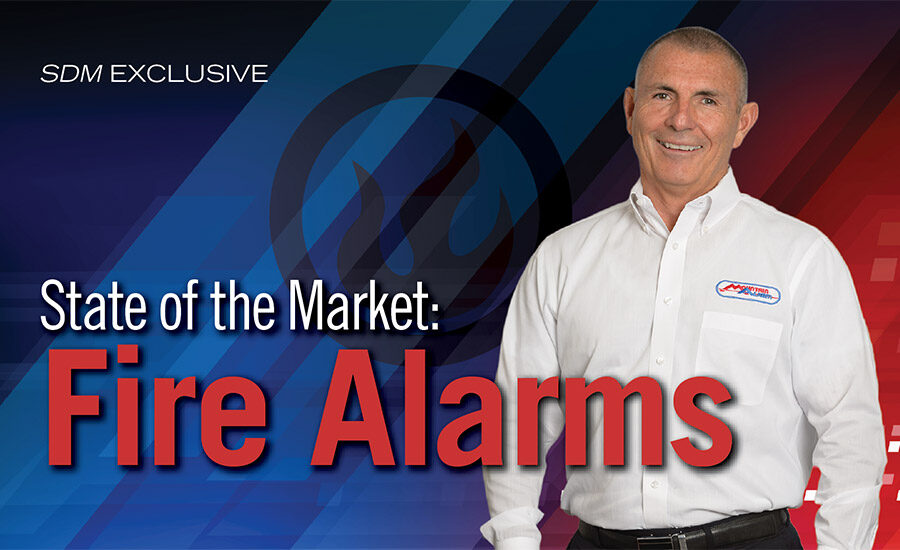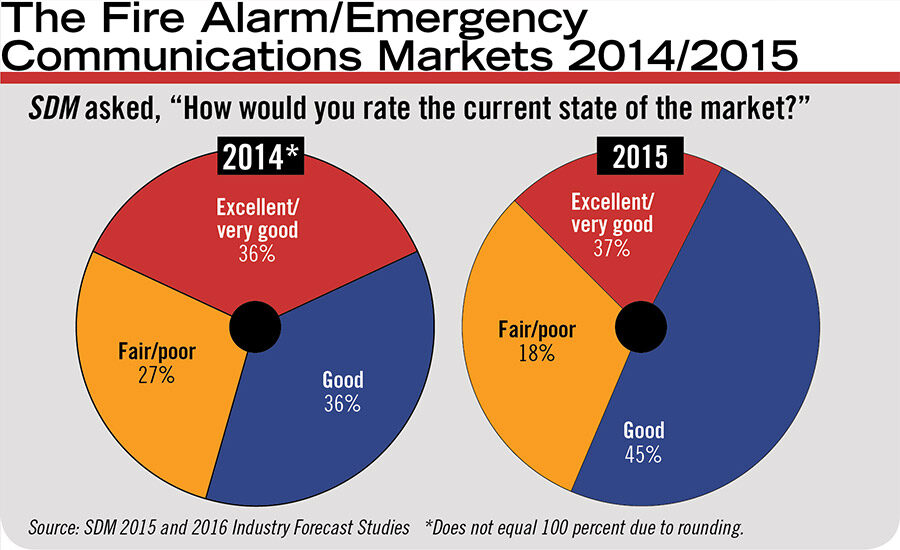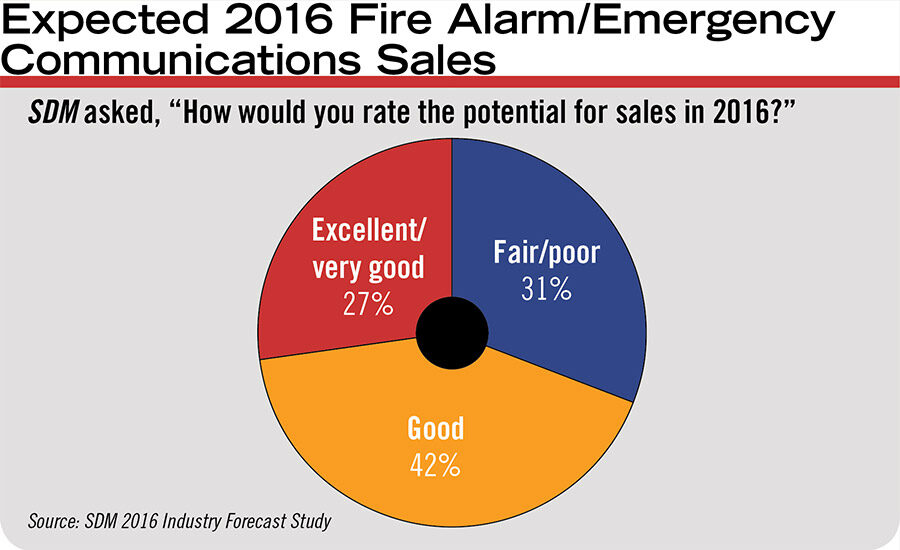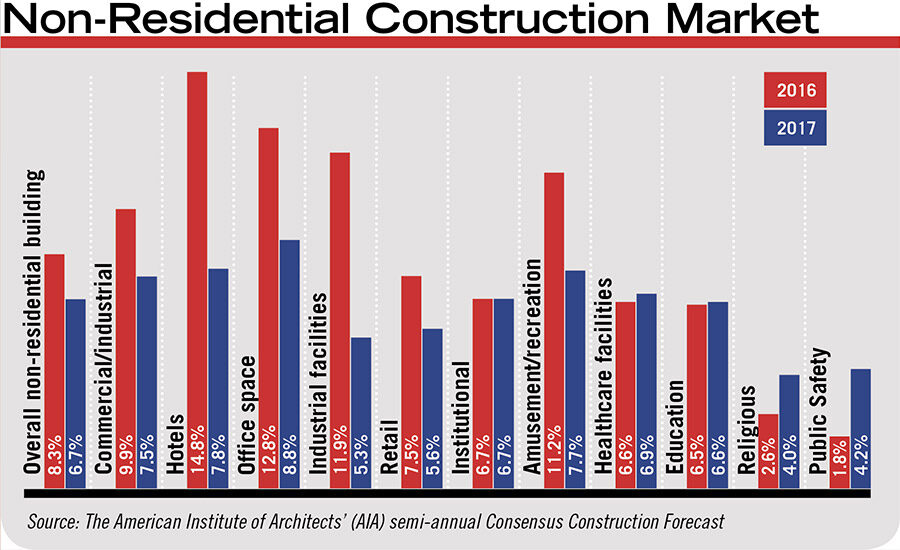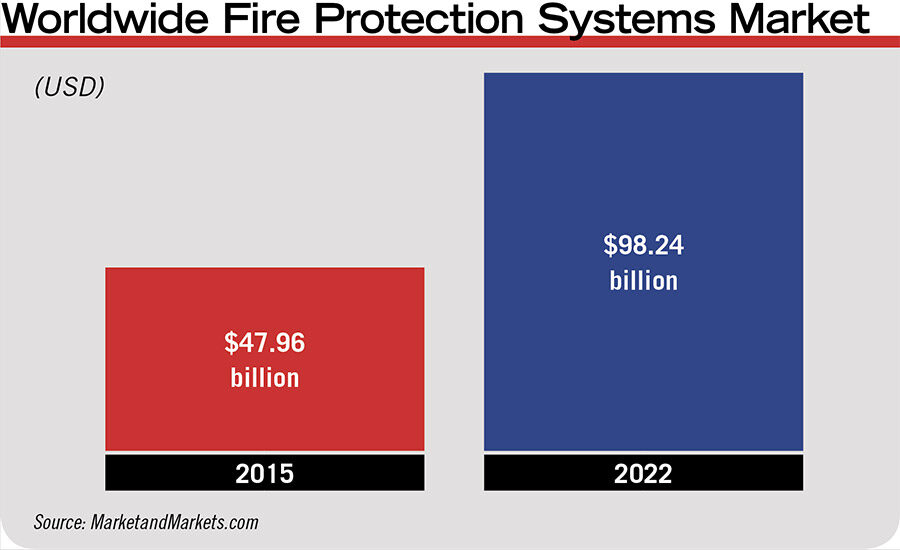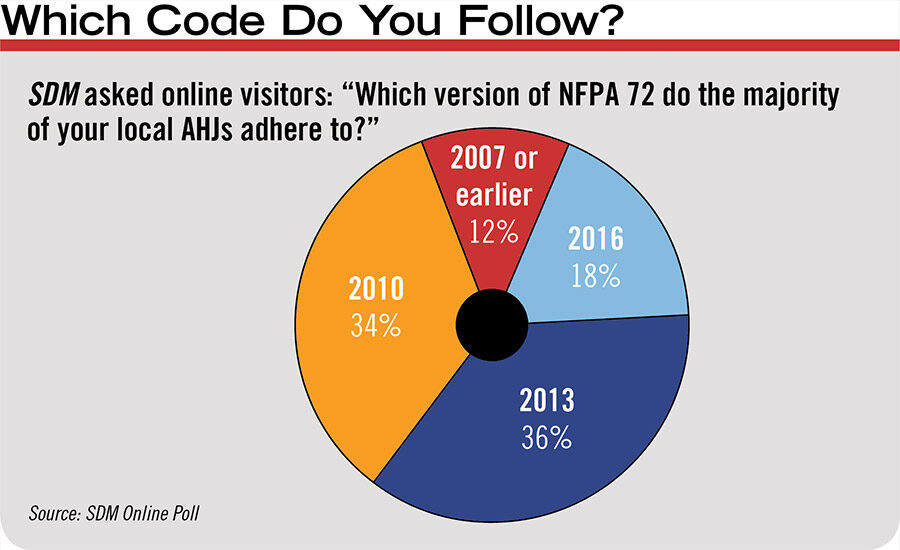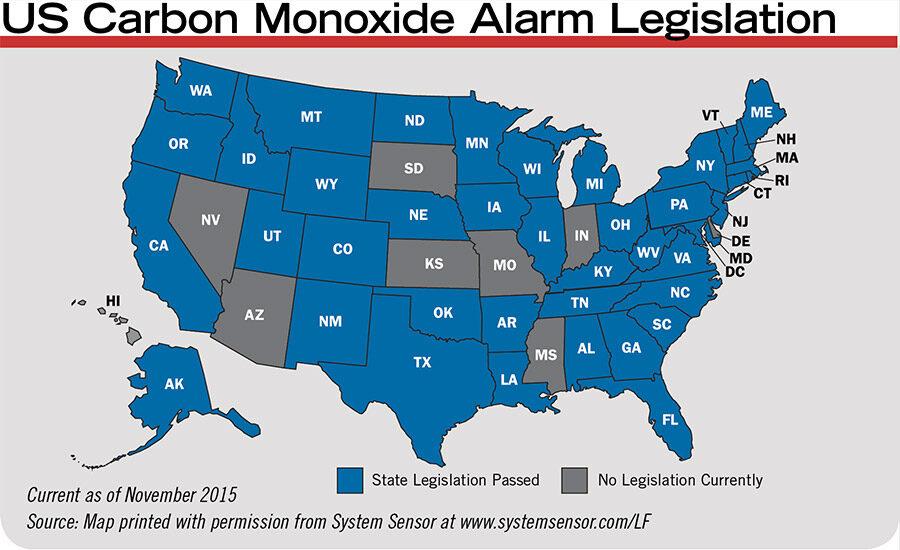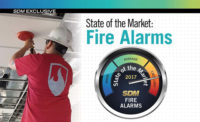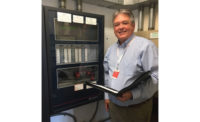Fire Has Sunsets, Too
In the security alarm industry there is a lot of talk about “sunsetting” this year with 2G officially ending. But that is not the only industry in which massive communication shifts are happening. Copper phone lines are going away as early as 2017.
On the fire side NFPA recognized this with the 2016 edition of NFPA 72. Whereas 2013 called for one phone line and a choice of six “alternatives,” 2016 eliminated phone lines altogether, except by express permission of the AHJ and took the options down to three: IP Infrastructure; cellular; or radio. This will completely change the landscape as states begin to adopt the most recent code.
Many in the fire industry see this as a good thing. In fact, Ken Hoffman of Dynafire attributes his company’s success last year to its extensive AES private radio network. “We built a private radio network for our monitoring, so our service side is really picking up because of that. We have the ability to connect to almost any facility in the state of Florida.”
Michael Lohr, at Red Hawk Fire and Security, sees this trend as a great opportunity for his business. “As land lines are being shut down and taken out, the opportunity to replace them with IP or cellular or both is one of the big growth factors on the service side of our business,” he says.
“It is similar to what is going on in alarms,” says Napco’s Brandt Phillips. “Historically the majority of fire alarm panels have been installed with two telephone lines. Some were required to be dedicated. There is a cost to that. A dedicated phone line in this country could range from $50 to $80 per month. With two, you are talking up to $180 per site, per month…. A cellular communicator allows them to save that customer the cost of those phone lines while coming in with a solution that costs one-quarter to one-half of what they were paying, communicates more quickly and offers better redundancy and resiliency.”
Scott Sessions of Mountain Alarm says this is an easy sell to customers, because it saves them money. It also allows the integrator to become more of a trusted provider to the customer. “We all know the best service in the world doesn’t come from the phone companies,” he says.
AES Corp, Peabody, Mass., has seen interest pick up from dealers and integrators in its radio networks, says Jim Burditt, vice president of sales for the Americas. “We have more than 500 active dealers today. Most of our dealers are a lot more active than they have been in the past.”
While radios offer the potential of RMR for certain dealers and integrators, the other alternatives also have benefits, says Keith Daum of Tri-Ed, an Anixter Company. “Preferences may come into play for the user, but from a cost standpoint, the cellular and IP communicators we offer have become favorable options, and might be cheaper than radio.”
Of course, all of this will take time, particularly since the elimination of phone lines per NFPA just came about in the 2016 edition. But for a hint of where things are heading, Lou Fiore, consultant, LT Fiore Inc., Sparta, N.J., and chair of the Alarm Industry Communications Committee (AICC) shared results of an annual survey he conducts on the use of POTS (plain old telephone service) and DACT (digital alarm communicator transmitter). Overall the percentage of respondents using POTS digital dialers as the sole or one of two technologies has gone steadily down, from 83.5 percent in 2012, to 67 percent in 2015. At the same time, use of alternative technologies such as cellular, radio or IP as the sole method of transmission is climbing, from 14.5 percent in 2012 to 24.5 percent in 2015. (See chart, page 54.)
Have Your Say in the Next NFPA Edition
Ever wonder how revisions in NFPA 72 happen? SDMasked Richard Roux, senior electrical specialist at NFPA.
SDM: Where do things stand with the next edition of NFPA 72?
Roux: The way we work is every three years a new edition of 72 comes out. There is a process for public input. You put in requirements of what it would be and how it would be used. If there is equipment being designed or coming out that can handle that, then it is a consensus process. A lot of the stuff that comes into the code like mass notification, 520 hertz, and non-listed speakers are a result of people putting in proposals and making a good argument that these things are of value.
The public input for 2019 closes on June 29. When you go to put in the input you have to explain where you would like it to be put in the code and why. We normally get 500-700 inputs. Anyone can put in proposals for the next edition of NFPA 72. The public period closes at midnight June 29.
For more of SDM’s interview with Roux, visit www.SDMmag.com/NFPA-conversation. Visit www.NFPA.org to add your input.
